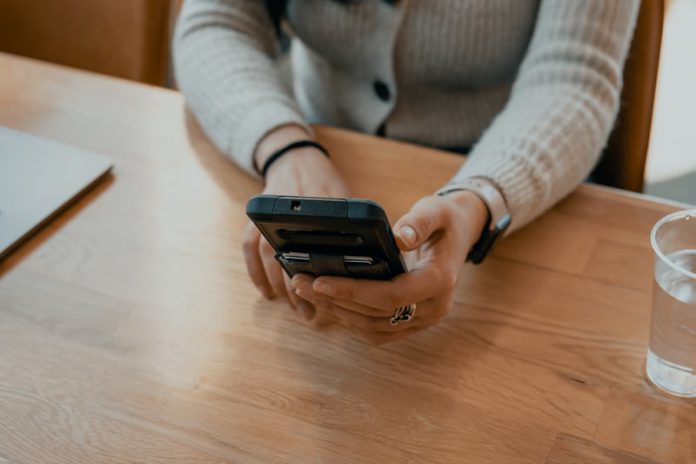In an age where it is easier than ever to secure access to people’s accounts – whether that is through a social media account or a mobile bank account – ensuring security has never been more important.
Since the onset of the pandemic, many companies have been forced to accelerate their technology training and digital skills in order to manage in a new, hybrid work-focused world. In the world of banking, this has led to an increase in electronic interactions for processes previously carried out at the office, such as security bank online account opening.
With this in mind, a recent post by RegTech Electronic IDentification outlined five key ways that users can optimise the security of their bank account details as well as the forms of attack that threaten such accounts.
How can companies in the financial world gain the trust of citizens and reduce the threat of fraud and data theft? According to eID, investment in cybersecurity will be imperative, with phishing currently found to be the most frequent form of attack, as it targets the customer.
Another example of fraud pertaining in the industry is social engineering. In this case, fraudsters try to gain the trust of their victims by getting them to voluntarily disclose information in a conversation or an email in order to obtain their bank account details and security requirements.
eID noted that improving bank account security depends on two key factors. The first is increasing public awareness and education on cybersecurity and the second is for financial institutions to have robust and hard-to-steal security systems in place, such as two-factor authentication or biometric access to ensure full security in bank online account opening. Both are technology dependent.
What are five key ways to ensure bank account details security? The first one, according to eID, is two-factor authentication. The company highlighted that two-factor authentication depends on a successful onboarding process that requires the use of factors such as something a user may know (a password), something the user has (such as a mobile phone or token) or something the user is (biometrics). If any of these fail when logging into an account, the transaction is duly cancelled.
The second way is to use biometric access for bank account security. eID said, “The use of biometrics to ensure the security of bank online account opening has already widespread among users of online banking. It involves the recognition of unique physical traits such as a fingerprint, via a sensor, or the face, via a camera.”
Following this is real-time instant notifications. In this example, bank account transactions can be monitored by linking a single device – such as a mobile phone – to receive instant push notifications or messages when a transaction is being attempted. This user-friendly technology is becoming increasing common.
Geolocation of use is a fourth way to secure bank account detail security. eID explained, “Accessing the location of a device to allow session access enables rapid identification and control of cybercrime risks. Upon detecting access at a suspicious location, the system can send a message to the client with the located address to verify whether they are indeed the person attempting to authenticate.”
The final key way is to secure inboxes. For this, eID detailed that if two-factor authentication is not enabled, email is an insecure method of communicating sensitive data. One of the most widespread solutions to ensure security is to send notifications to the banking app inbox instead to a personal email account.
Find the full post here.
Copyright © 2022 FinTech Global











